MusicRadar Verdict
An American Standard Telecaster with a thin-skin lacquer finish and unique neck plate, so what? So it's one fo the nicest standard production Fender Teles we've played for a long time. Join the party.
Pros
- +
Sharp build quality and excellent playability. Finish. Vintage/modern vibe.
Cons
- -
Purists may baulk at the Strat saddles.
MusicRadar's got your back
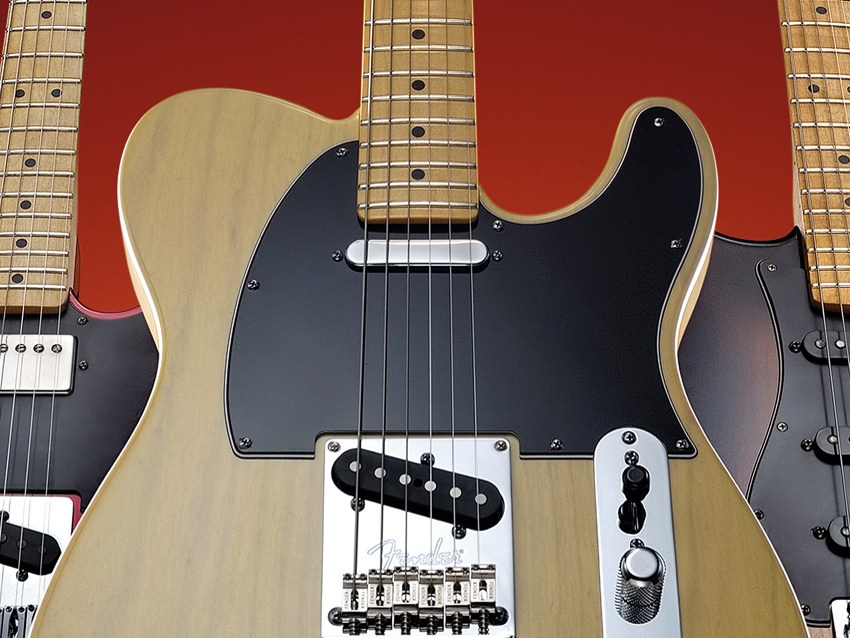
Fender 60th Anniversary Telecaster
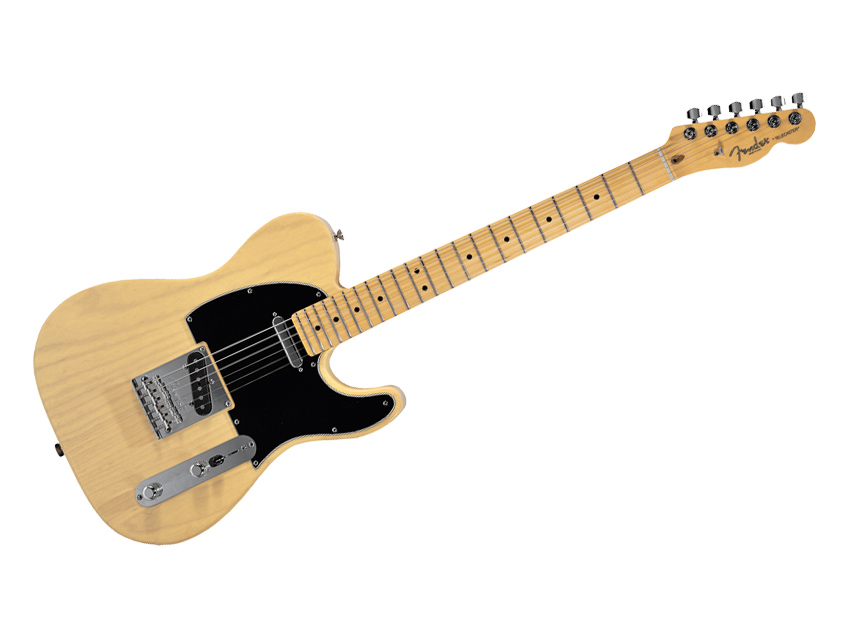
Fender 60th Anniversary Telecaster
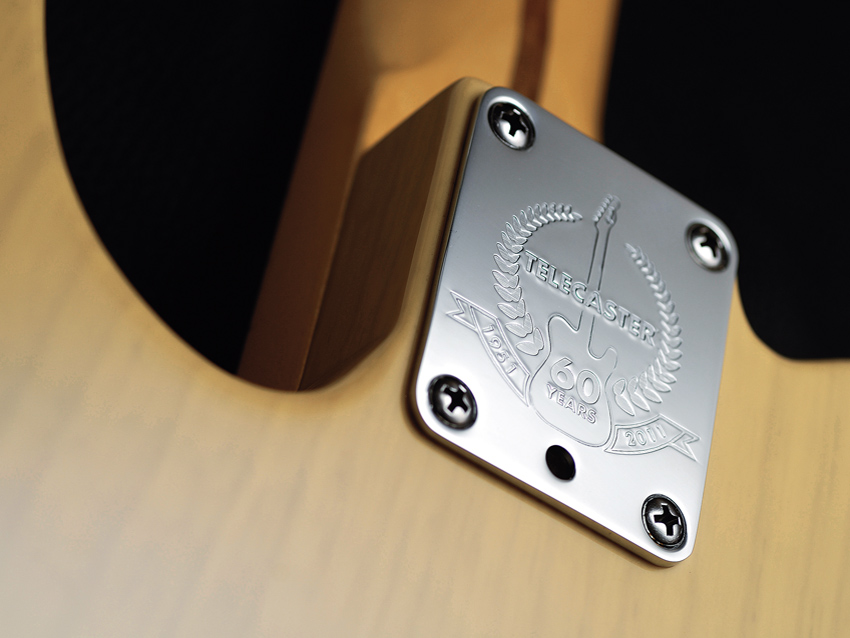
Fender 60th Anniversary Telecaster
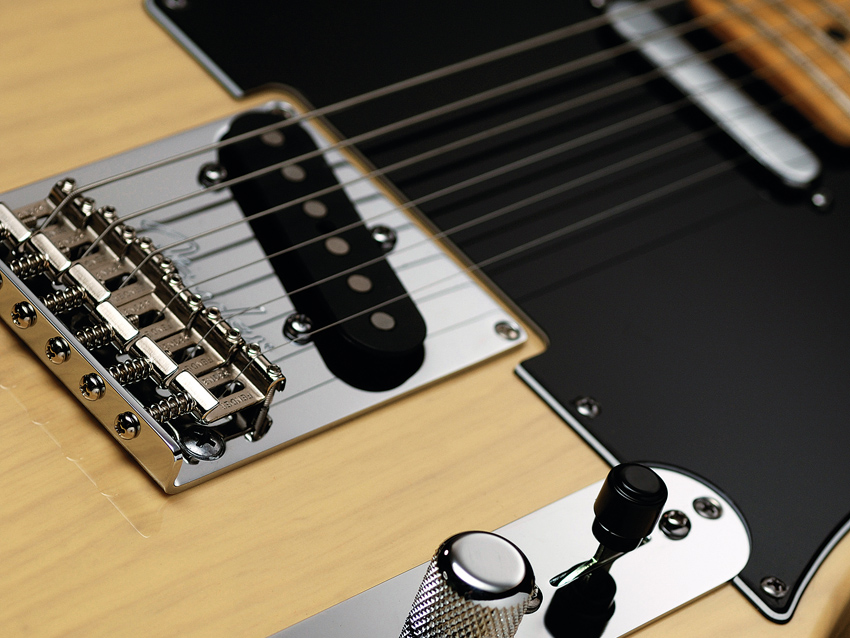
Fender 60th Anniversary Telecaster
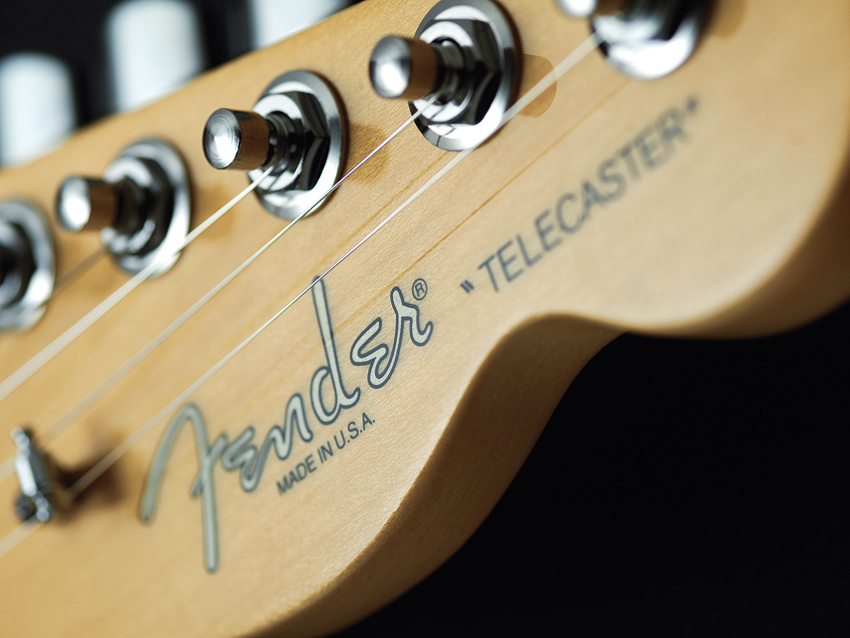
Fender 60th Anniversary Telecaster
So is this Anniversary Tele supposed to be the best Tele of the last 60 years? Well no, it's simply a modern American Standard Telecaster with a couple of twists. But that's no bad thing.
Firstly, it's a very well honed instrument. Weight is bang on 3.6kg (8lb), meaning it's not the lightest ash-bodied Tele out there, but its pretty much the goal weight for any solidbody electric.
"Played right by the saddles there's that piercing Albert Collins 'ice pick' sound that's clean, but with a dirty edge."
Offset by the black/white/black laminated scratchplate and called 'Blackguard Blonde', its 'thin-skin lacquer' (the US term for nitro-cellulose) is the major change from the polyurethane-coated American Standard.
The neck is again lacquer- finished and slightly tinted, but otherwise the same as the American Standard: you get 22 frets, a 'modern C' profile (which actually feels a little fuller and 'D'-shaped, with plenty of shoulder), the modern two-way Bi-Flex truss rod with behind-the-nut adjustment, a 241mm (9.5 inch) flatter radius and Micro-Tilt neck angle adjustment.
It's all capped off by the presence of a tasteful 60th Anniversary neckplate. Pickups and controls again stick to the American Standard formula: an open-coil flush pole slanted bridge unit and covered neck single-coil suspended from the scratchplate for easier height adjustment.
Domed- topped knurled-side knobs match the more generous edge radius of the body and we have the No-Load tone control, which, full on (anti-clockwise), effectively bypasses the circuit to maximise high-end response.
Hardware too is American Standard spec: dual-height tuner posts give a slightly improved behind the nut string angle, with just a single string tree. It has a through-strung bridge with thicker-than- vintage steel plate (with an additional two screws at the front to help prevent microphony and whistling feedback at high levels), upturned just at the back, like a Strat, to hold the six Strat-like bent steel saddles. Strat saddles on a Tele? Well, let's plug in…
Want all the hottest music and gear news, reviews, deals, features and more, direct to your inbox? Sign up here.
Sounds
There's plenty of snap and ring to this Tele's acoustic sound and you'll immediately recognise one of the most distinctive electric guitars ever.
The combination of the through-body stringing and the full scale certainly plays its part feel-wise (as does a slightly sticky neck), but the explosive 'brang' from the bridge pickup still makes us smile.
Played right by the saddles there's that piercing Albert Collins 'ice pick' sound that's clean, but with a dirty edge; flick to the neck pickup and the contrast, as ever, is wide - here things are softer, almost muted.
Mix those two different pickup designs and you get that wonderfully hollowed, mid-scooped voice that has to be the definitive soul rhythm colour, less clichéd than a Strat's mixes and arguably more useful.
We found the volume control taper to be a little abrupt, but the tone control certainly adds colour. There's plenty of brightness inherent in the guitar, so when you've got it set up for a more rock voicing, it's easy to tame, while for dirtier, punkier styles you'll want to switch to the wide open bridge single-coil.
There really are no surprises here: it's just a very competent Telecaster. We've played more acoustic- sounding, lightweight Teles and we've played many beefier-sounding heavier ones.
Do those saddles affect the dish? Yes, there's less mid- range firmness than you'd expect from an older vintage- style with its three brass barrel saddles, but it's still a Tele through and through.
This 60th Anniversary is something a little different that commemorates the beginnings of the electric solidbody. Stylistically, over the past 60 years, the Tele has been a part of virtually every music genre - aside from metal - from original rock 'n' roll, blues, soul and country through to today's diversity.
For many it's the ultimate rhythm guitar, but in the hands Roy Buchanan or modern hot country players such as Vince Gill, it's much, much more than that. It's funny, 60 years on the Telecaster remains just as unique as it was back in the '50s.
If you don't know what the fuss is about, or you want to reacquaint yourself with one of the all-time truly iconic electric guitars, this is a very good place to start.
Guitarist is the longest established UK guitar magazine, offering gear reviews, artist interviews, techniques lessons and loads more, in print, on tablet and on smartphones
Digital: http://bit.ly/GuitaristiOS
If you love guitars, you'll love Guitarist. Find us in print, on Newsstand for iPad, iPhone and other digital readers
